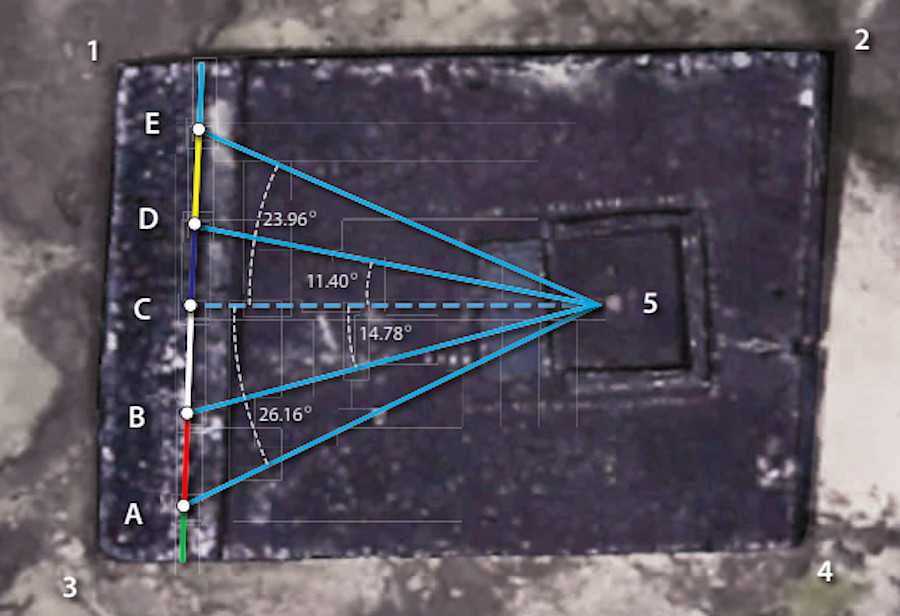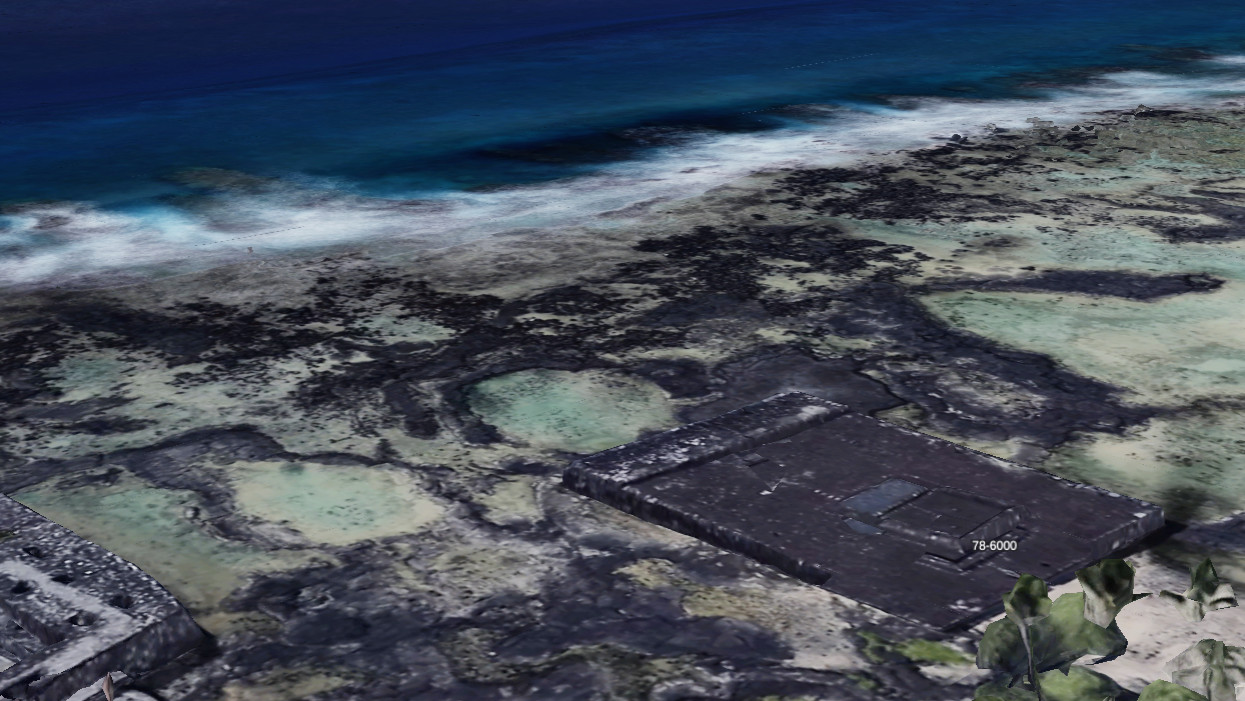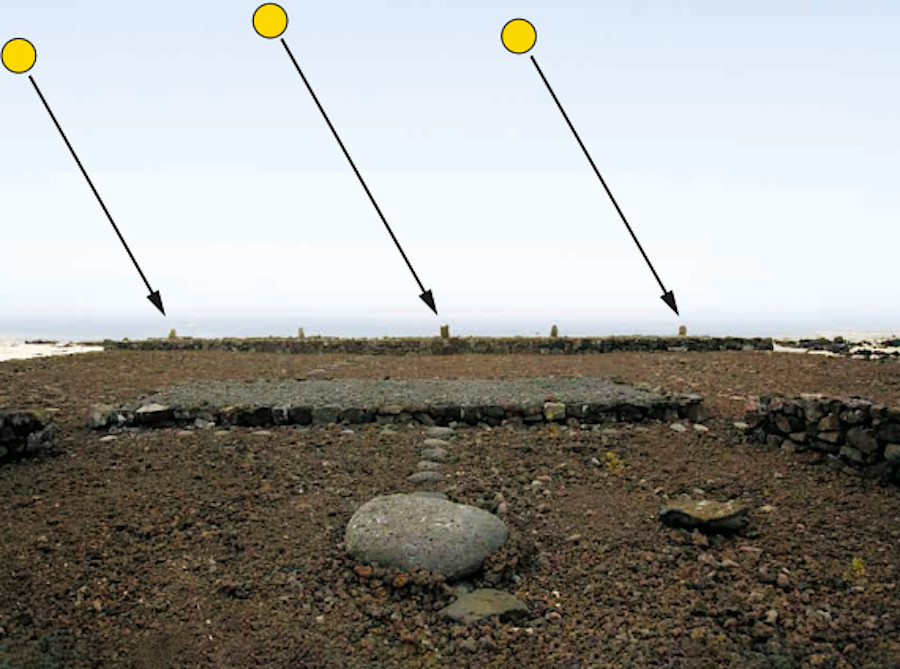(BIVN) – An ancient Hawaiian heiau located in Kona served as a sophisticated seasonal calendar, researchers have learned.
A new study from the University of Hawaiʻi at Mānoa examined Hāpaiali‘i Heiau near Kahaluʻu Beach Park on Hawaiʻi Island, with findings published in Waka Kuaka, the journal of The Polynesian Society.
The study demonstrates the advanced scientific knowledge of Native Hawaiian culture, researchers say.
According to the University of Hawaiʻi:
The study was conducted by Professor Albert S. Kim from the University of Hawaiʻi at Mānoa’s Department of Civil, Environmental and Construction Engineering, and Brenton Sasaoka, a Native Hawaiian civil engineer who graduated from UH Mānoa’s combined bachelor’s and master’s program. Their work represents one of the first scientific papers examining scientific aspects of Native Hawaiian cultural structures. The research was supported by the National Science Foundation, initiated by Kim.
Using mathematical analysis and modern mapping technology, the researchers discovered that carefully positioned stones within the heiau aligned with sunset positions throughout the year, effectively creating a calendar system. The structure, dating back between 1411 and 1465, helped ancient Hawaiians track seasonal changes crucial for agriculture and fishing—unexpectedly found for its desalination potential.

Aerial view with corner numbers and sunset pillars (Image captured by Google Earth, provided by University of Hawaiʻi)
Master engineers, astronomers
The research team found that the left-most pillar marked the winter solstice, associated with a season of precipitation and peace. In contrast, the right-most pillar indicated the summer solstice, traditionally linked to gathering and preparation for warfare. These astronomical alignments enabled Native Hawaiians to determine optimal times for various cultural practices and maintain sustainable resource management.
“This research shows how Hawaiʻi’s ancestors were master astronomers, Indigenous scientists and resource engineers who created precise architectural alignments to track seasonal changes, demonstrating the deep connection between Hawaiian cultural practices and basic scientific understanding of the mother nature,” said Kim, who has focused recent work on increasing Native Hawaiian students’ participation in STEM education. “By applying modern scientific methods to investigate and learn these sacred sites, we can better document and preserve the incredible technological achievements of Native Hawaiian civilization for future generations.”
Melia Talagi, a Native Hawaiian assistant professor in civil engineering at UH Mānoa, said, “Dr. Kim’s research is a perfect example of how we can employ Western science and engineering methodologies to understand and illustrate how our ancestors utilized science to do so many things.”
The researchers emphasize that their work provides important insights into Indigenous science while acknowledging that further research is needed for a complete understanding of the heiau system.
Professor Phillip Ooi, the department chair of civil, environmental and construction engineering at UH Mānoa, said, “Professor Kim’s contributions are sorely needed, and more has to be performed to benefit the state of Hawaiʻi.”
Waka Kuaka’s editor, Marcia Leenen-Young, added, “We are delighted to have this fantastic paper published with us.”
The heiau was reconstructed by Kamehameha Schools in 2007. The researchers deeply thank Māhealani Pai, cultural resource specialist at Kamehameha Schools, for sharing historical and cultural materials, and guidance on the construction, maintenance and treatment of heiau.



by Big Island Video News7:21 pm
on at
STORY SUMMARY
KONA, Hawaiʻi - Researchers with the University of Hawaiʻi say the ancient Hāpaiali‘i Heiau demonstrates the advanced scientific knowledge of Native Hawaiian culture.